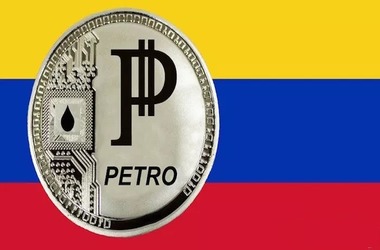
According to a statement delivered by Maduro, in the event that the Petro did not yield any profits or benefits, SUNACRIP authorities allegedly employed a strategy reminiscent of organized crime by concealing public funds that were meant for PDVSA’s reserves. Reports suggest that they purportedly undertook the position of covert dealers of Venezuelan crude oil for the global market. It has been purported that SUNACRIP employed digital currencies, including USDT (Tether), to streamline the process of worldwide hydrocarbon transactions.
Mr. Joselit Ramirez was dismissed from his position by President Maduro and subsequently apprehended on the grounds of alleged complicity in the purported plot. Following the revelation of Ramirez’s alleged implication in corrupt activities, several energy providers in Venezuela ceased the operations of various cryptocurrency mining facilities.
According to reports from local media and tweets shared by Venezuela’s National Association of Cryptocurrencies, mining operations in the states of Carabobo, Bolivar, and Lara have been closed down. Furthermore, regulatory bodies have mandated the cessation of operations for several cryptocurrency exchanges.
The Venezuelan government launched a cryptocurrency in February 2018, known as a digital currency. The main impetus for the creation of the Petro was to address the acute economic crisis that Venezuela was experiencing at that time. The country faced challenges such as hyperinflation, declining energy prices, and a rapidly devaluing national currency, the bolivar.
ÚLTIMA HORA | Maduro sobre corrupción en la alta cúpula del chavismo: “Estas mafias se incrustaron en el cuerpo de PDVSA, la Sunacrip y otros casos de venta de sentencias” https://t.co/MObyNrapJA pic.twitter.com/M60aXZdcE5
— AlbertoRodNews (@AlbertoRodNews) March 21, 2023
The Petro was launched as the world’s inaugural government-backed cryptocurrency, with the backing of Venezuela’s vast hydrocarbon reserves, as a digital currency. The government devised a strategy to employ Petro as a means of bypassing global sanctions and securing access to international funding.
Furthermore, it was marketed as a means to attract overseas investment and foster economic growth. As a retaliatory measure, the United States enforced sanctions on the Petro, thereby limiting its usage to transactions within the territorial boundaries of Venezuela.
Nevertheless, the Petro faced substantial doubt and disapproval from diverse quarters, such as the Venezuelan opposition, global financial organizations, and specialists in the field of cryptocurrencies.
The project’s lack of transparency, governance, and economic viability has been a cause for concern. Therefore, the Petro has not achieved extensive worldwide acceptance or adoption, and its influence on the Venezuelan economy is still restricted.